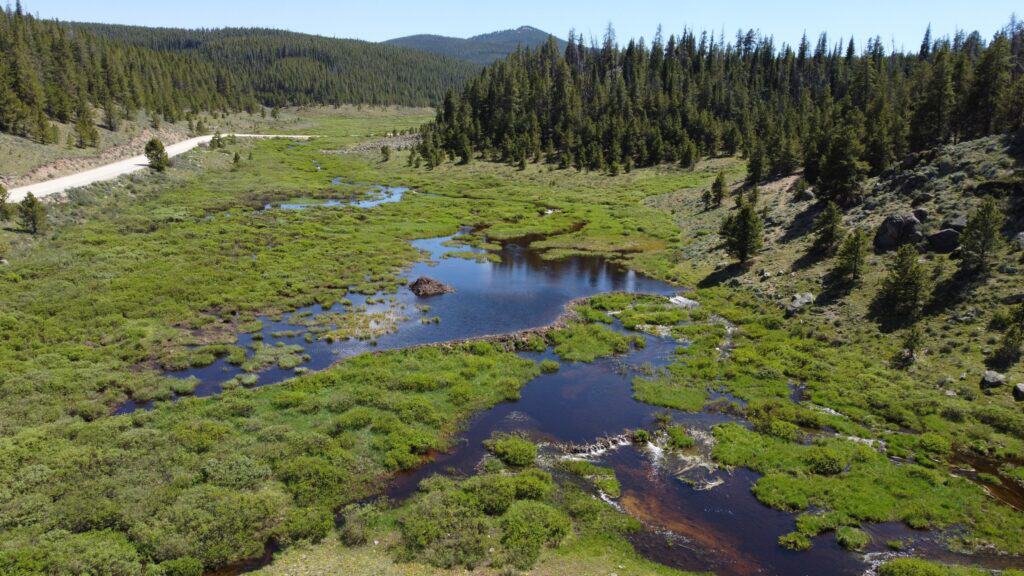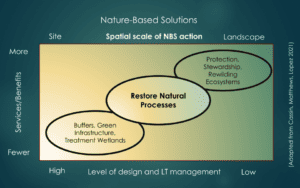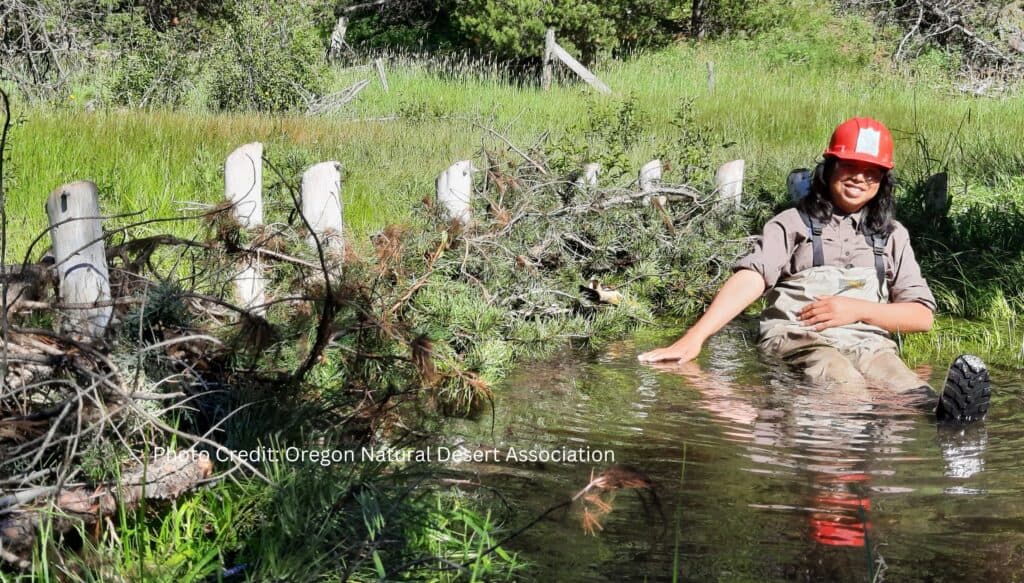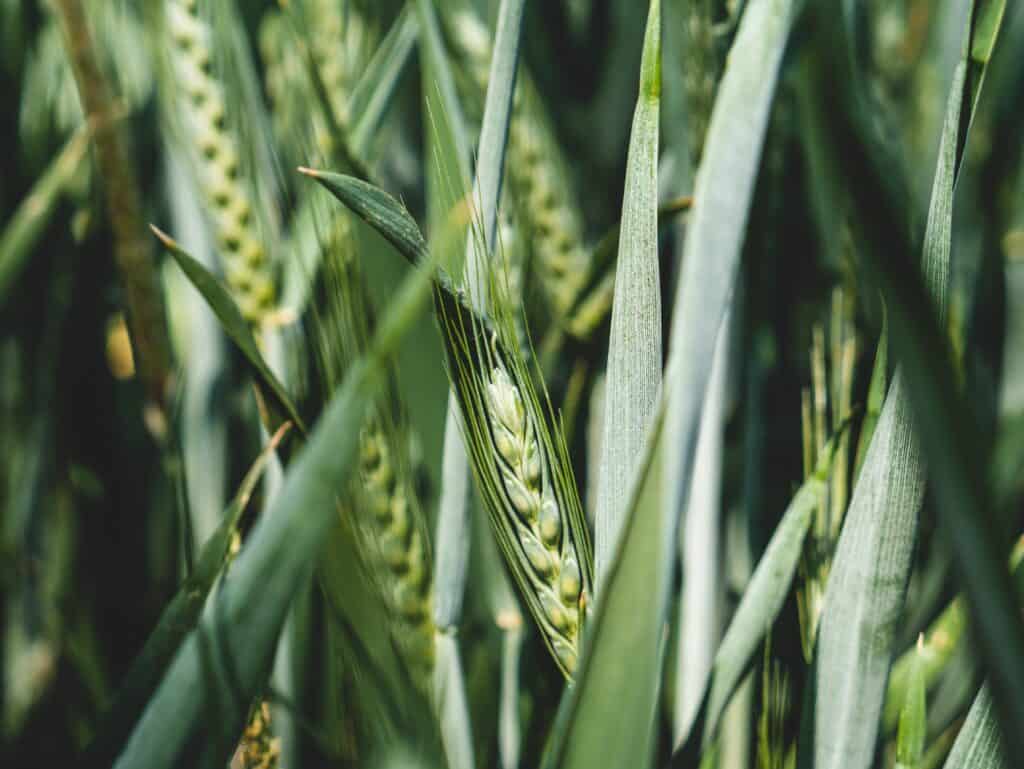
BACKGROUND & OBJECTIVES
Through a grant from Walton Family Foundation, Meridian Institute has been coordinating efforts to better understand key challenges and opportunities for advancing the pace, scale, and effectiveness of nature-based solutions (NbS) on public lands in the West.
Meridian has brought together practitioners, agencies, researchers, funders, and others through a series of virtual and in-person workshops and conducted original research with the goal of highlighting opportunities for collaborative action and field building. This website contains resources that are helpful to practitioners as they design and implement riverscape and process-based restoration activities.
DEFINING NATURE-BASED SOLUTIONS

While a spectrum of approaches can be defined as nature-based solutions, the defining element for the purpose of this project is that they be approaches that restore riverscape processes, including but not limited to water flow, carbon and nutrient transport and storage, and plant succession. Under the umbrella of NbS, process-based restoration includes approaches that re-establish physical, chemical, and biological processes that sustain river and floodplain ecosystems, ultimately allowing the system to do the work.
To kick off the NbS on Public Lands Virtual Meeting Series, Peter Skidmore with Dipper Consulting LLC gave a brief presentation defining NbS. View the full slide deck below.


